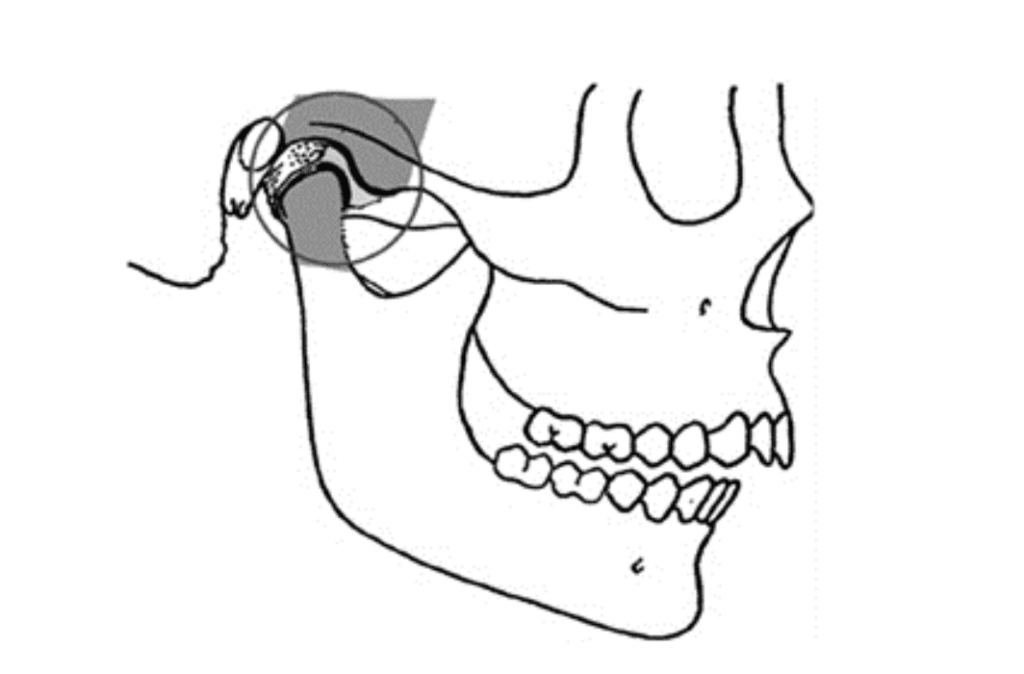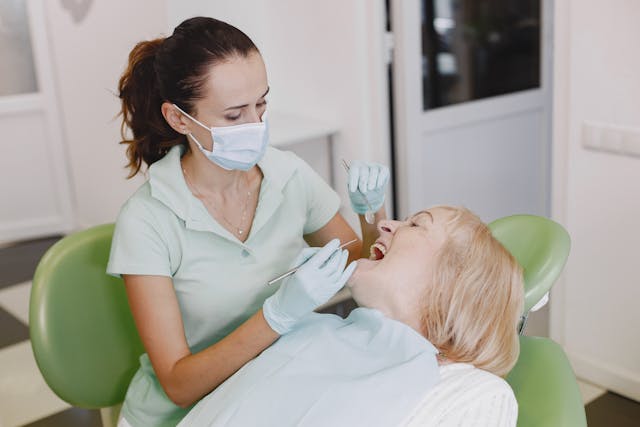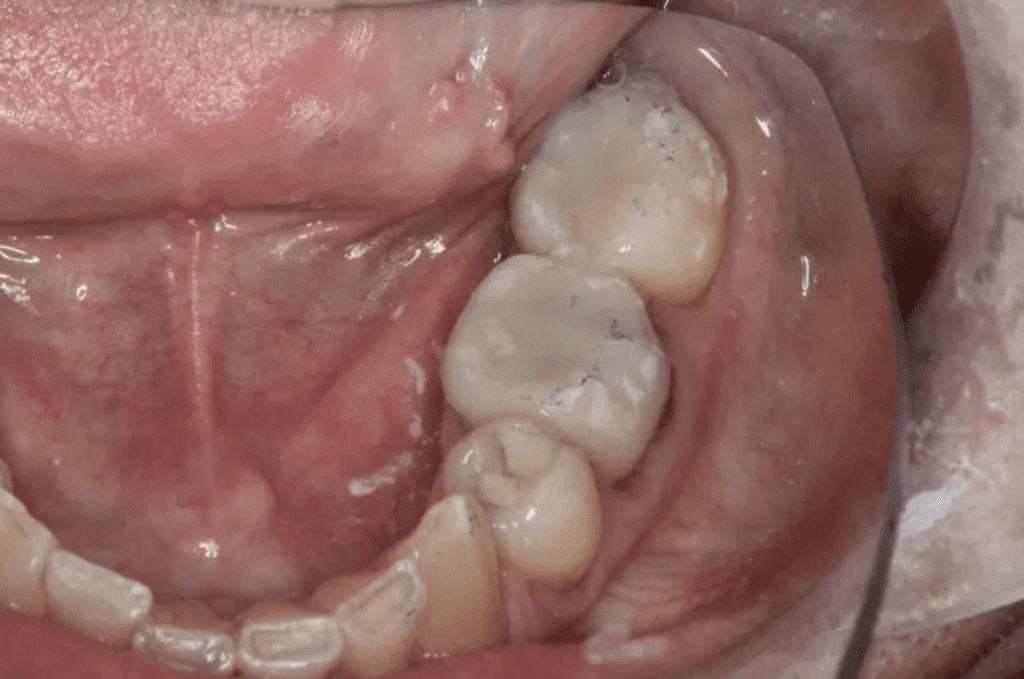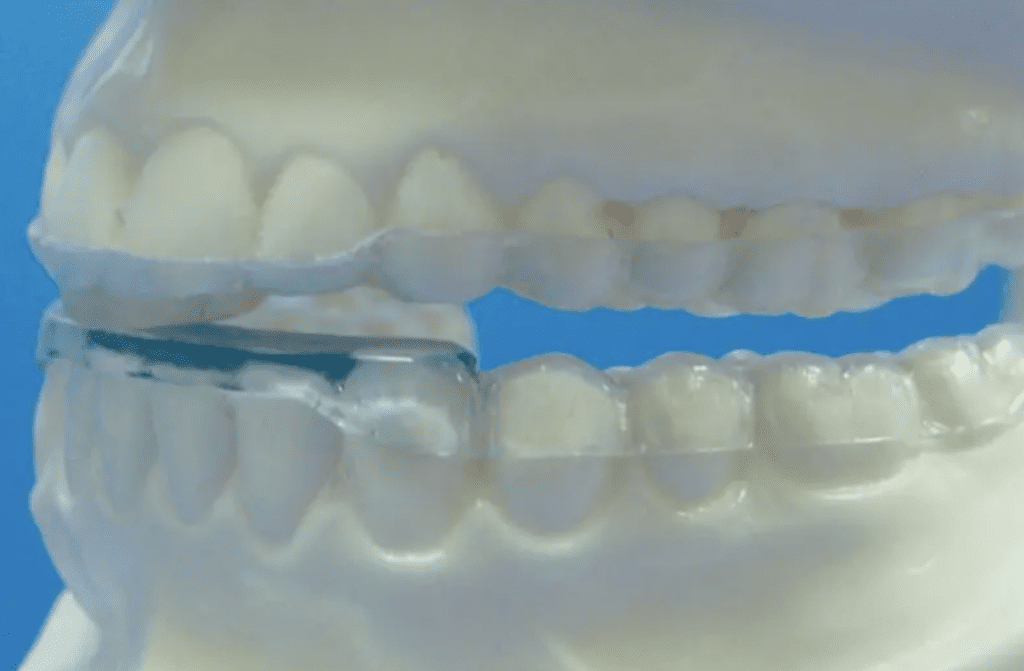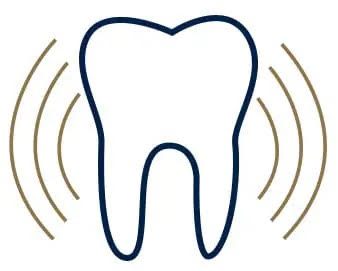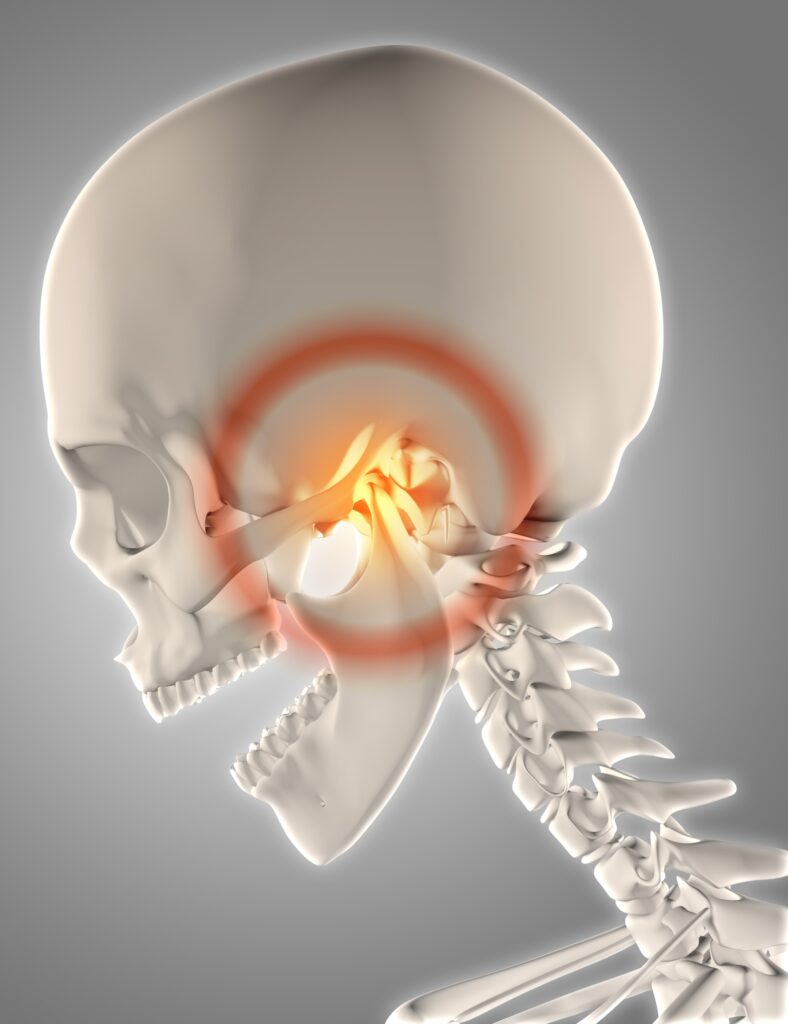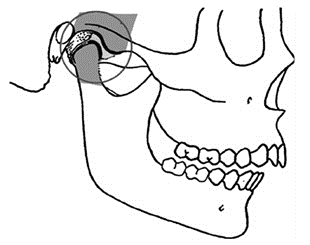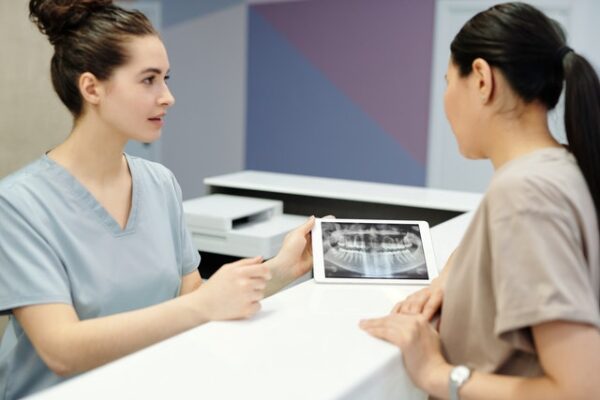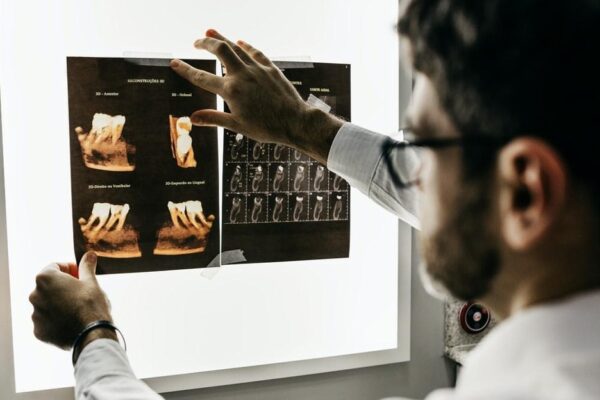![]()
Dr. Leonard Hess began teaching continuing education courses in 2005, and the topics include occlusion, smile design, treatment planning, preparation design, and practice integration of complete dentistry.
He’s taught full-day continuing education courses at the American Academy of Cosmetic Dentistry’s national meeting, The Greater New York Dental Meeting, AACD National Meeting, Pacific Dental Conference, Ontario Dental Association meeting, and The Yankee Dental Conference.
Dr. Hess also has taught courses in Japan, Germany, Poland, China, and Canada.
Dr. Hess is currently serving as the Senior Clinical Director at The Dawson Academy. He also owns Union County Center for Comprehensive Dentistry in Charlotte, North Carolina.
How Do You Know If You Achieved Centric Relation?
By: Dr. Leonard A. Hess, DDSClinical Director, The Dawson AcademyThis article originally appeared on TheDawsonAcademy.com, Dr. Hess…
TMJ 101: The Best TMD Treatment Options For Dentists
By: Dr. Leonard A. Hess, DDSClinical Director, The Dawson AcademyThis article originally appeared on TheDawsonAcademy.com, Dr. Hess…
What is Fremitus and Why Should You Check For It?
By: Dr. Leonard A. Hess, DDSClinical Director, The Dawson AcademyThis article originally appeared on TheDawsonAcademy.com, Dr. Hess allowed igniteDDS to…
Dentist Education: How Do I Predictably Prep Second Molars?
By: Dr. Leonard A. Hess, DDSClinical Director, The Dawson AcademyArticle originally appeared on TheDawsonAcademy.com, Dr. Hess allowed…
Sequencing a Full-Mouth Rehab: Anterior or Posteriors First?
The correct sequence to begin a full-mouth rehab is tobegin with the anterior teeth first, particularly the…
Q&A with Dr. Hess: Patients Who Have More Pain After Wearing a B-Splint
By: Dr. Leonard A. Hess, DDSClinical Director, The Dawson AcademyThe Article Originally Appeared on TheDawsonAcademy.com Question: What…
How to Discover Occlusal Muscle Disorders
By: Dr. Leonard A. Hess, DDSClinical Director, The Dawson AcademyThe Article Originally Appeared on TheDawsonAcademy.comLearn about Occlusion…
Considerations of Treatment Planning a Maxillary Implant Prosthesis
By: Dr. Leonard A. Hess, DDSClinical Director, The Dawson AcademyThe Article Originally Appeared on TheDawsonAcademy.comLearn about Occlusion…
How to Stabilize the Joints
By: Dr. Leonard A. Hess, DDSClinical Director, The Dawson AcademyThe Article Originally Appeared on TheDawsonAcademy.comLearn about Occlusion…
How Do You Know If You Achieved Centric Relation?
By: Dr. Leonard A. Hess, DDSClinical Director, The Dawson AcademyThe Article Originally Appeared on TheDawsonAcademy.comLearn about Occlusion…
How to build your brand and reputation as a new dentist
By: Jennifer Murphy Everyone wants to be liked and we all want to be thought of in a positive light, especially when it comes to us as dentists and our dental practices. How does a dental school graduate entering into a whole new world develop that? How can a new and/or young dentist build a…
DSO or OSO: What Every Dentist Should Know
By: Bruce Bryen Once out of dental school, you begin looking at various choices regarding how to approach the job market. Knowing which decision to make may develop into a lifelong process, especially if the idea is to be an owner/operator of a solo or partnership practice. The reason for this statement is that DSOs…
Personal affairs curtailing the potential of the associate
By: Bruce Bryen Like much of the general population, dental school graduates also face challenges while ascending to more lucrative and clinically challenging positions in professional dentistry. One major problem with personal growth in this field is the toll it takes on the home life of the dentist. The stress of the job does not…
How to Resign From A Dental Office
By: Jennifer Murphy, DDS, FAGD You’ve been working at an office for a while now and things are just not working out the way you imagined or were promised. What do you do now? First, let’s acknowledge this is never an easy position to be in. There is also no right or wrong answer, but…
4 Promises of Leadership Development That Will Transform Your Dental Career
By: Dr. Edwin “Mac” McDonald The development of leadership competencies is about developing yourself. As you look outward with the desire to influence and inspire, consider what you would gain from looking inward instead. Becoming a great leader is about your own capacity for change, as hard as change can be. In the dental practice,…
How can dental students save for their own practice?
By: Ava Guzman After graduation, dentistry students might immediately want to start working in order to get a return on their educational investment and earn a living. However, between student loans and the money needed to open up a clinic, the costs are steep. Saving Money for Your Dental Practice The American Dental Association (ADA)…
Fall Forward
By: Mohammed Hammoud There is only one way to know if your purpose aligns with your career, and that is to pursue it. I often pondered beforehand if I was making the right decision in pursuing dentistry. I shadowed hundreds of hours and volunteered my time to be positive I was making the right…
How to calm patients with dental anxiety
By: Jamie Finch If a patient is feeling too anxious before a procedure, it can make the dentist’s job much harder. While it’s important that you calm patients with dental anxiety as much as possible, doing so can be easier said than done. However, there are effective methods of soothing patients that you can easily…
Acquiring a Dental Practice: Tax Guide
By: Bruce Bryen Now that the dental school graduate has worked as an associate and feels that an understanding of the workings of a practice is known, he or she may be ready to acquire a dental practice. The knowledge of the clinical skills will be known only to the degree they were acquired while working…
Slowing employee turnover in the dental industry
By: Katie Klaes The hospitality industry was known for high employee turnover even before the pandemic. Dentistry and several other industries are now facing the same challenges, so I wanted to investigate what they are doing to attract and retain employees. Surprisingly enough, their recommendations can also be directly applied to your dental office. 5…

